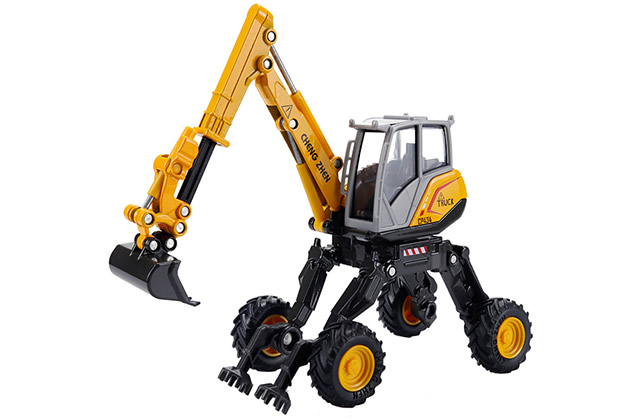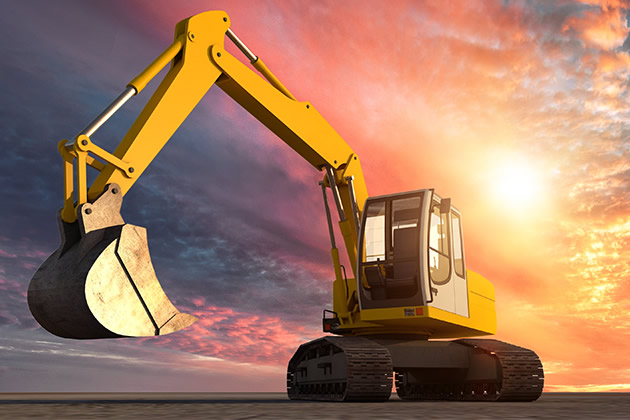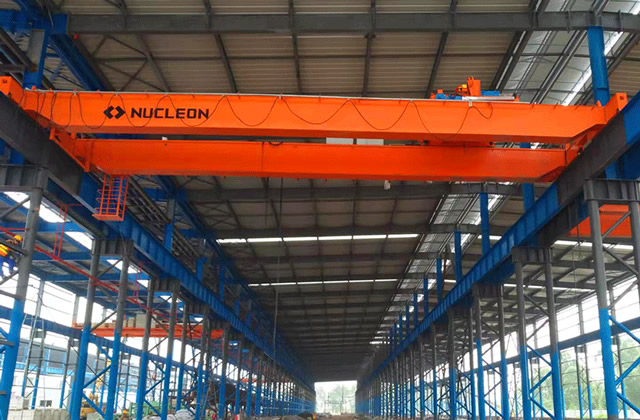Safe operating procedures for crawler excavators
1. Preparation before operation
1. Carefully read the relevant information about the excavator Use instruction materials and become familiar with the use and maintenance of the vehicle you drive.
2. Understand the tasks at the construction site in detail, and check the solidity and stability of the soil where the excavator stops. When excavating foundation pits and trenches, check the stability of cuttings and trench slopes.
3. No one is allowed to stay in the working area, and the working area should be convenient for dump trucks to enter and exit.
4. Check the excavator’s hydraulic system, engine, transmission device, braking device, slewing device, instruments and meters. It can only be operated after trial operation and confirmed to be normal.

2. Requirements during operation and driving
1. A signal should be sent before the operation starts.
2. When operating, pay attention to selecting and creating a reasonable working surface, and digging holes is strictly prohibited. It is strictly prohibited to arrange the excavator to work on two excavation surfaces at the same time. It is strictly prohibited to work under overhead structures such as wires.
3. During operation, it is prohibited to adjust the engine, speed regulator, hydraulic system, and electrical system at will. It is prohibited to use a bucket to crush solid objects or use rotary machinery to break solid objects. It is prohibited to use the bucket rod or bucket cylinder to jack up the excavator. It is prohibited to use the excavator arm to drag heavy objects on the side. It is prohibited to excavate by suddenly descending the working device.
4. The excavator should be loaded after the car has stopped. When unloading, the bucket should be lowered as low as possible without touching any part of the car, and the bucket should be prohibited from driving. Over the room.
5. When the hydraulic excavator is working normally, the hydraulic oil temperature should be between 50 degrees and 80 degrees. Before using the machine, if it is lower than 20 degrees, it must be preheated. When the temperature reaches or exceeds 80 degrees, the machine should be shut down for cooling.
3. Post-operation requirements
1. When the excavator is walking, there should be a dedicated person to direct it, and the distance from the high-voltage line should not be less than 5 meters. Walking backwards is prohibited.
2. When walking downhill, drive at a low and constant speed, and sliding and changing speeds are prohibited.
3. The parking position and walking route of the excavator should be kept at a safe distance from the road surface, ditches and foundation pits.
4. When the excavator is parked on a slope, the bucket must be placed on the ground and all operating levers placed in the neutral position.
5. After the work is completed, the machine body should be turned upright, the bucket should be placed on the ground, and all operating levers should be placed in the neutral position. Brakes for various partsThe driver can leave after braking and closing the mechanical doors and windows.
Crawler excavator maintenance methods
1. Reasonable selection of hydraulic oil. Taking into account the operating temperature and efficiency of the hydraulic circuit, the hydraulic oil should be The viscosity is between 16-36×10-6mm2/s. The short-term cold start viscosity corresponding to the lowest ambient temperature should be ≤1000X10-6mm2/s. The viscosity corresponding to the short-term allowable leakage oil temperature of 90°C should be ≥10X10- 6mm2/s.
2. A good hydraulic oil cooling system plays an important role in improving the hydraulic oil temperature control system. Although the specific methods used by each manufacturer are different, the basic idea is the same. When the hydraulic oil overheats, the inspection steps for the hydraulic oil heat dissipation and temperature control system are as follows:
(1) Whether the hydraulic oil radiator is blocked by dirt, resulting in a decrease in heat dissipation efficiency. Clean the radiator if necessary.
(2) Detect the actual working pressure of the fan speed system under extreme conditions to determine whether the hydraulic parts of the circuit are faulty and whether the oil temperature sensor or control circuit is working normally. At this time, the fan speed and The system working pressure should be the maximum value. Otherwise, the corresponding parameters of the system should be adjusted or damaged components should be replaced.
3. Eliminating abnormal internal leakage mainly refers to abnormal internal leakage caused by the directional valve and pressure valve sticking due to contamination of the system hydraulic oil. The inspection method is to measure the pressure, check the function, or listen to see if there is any abnormal noise or touch to check whether the temperature is too high locally.
4. Prevent component volume efficiency from declining. Both abnormal wear and normal wear should be taken seriously. The former may occur in a short period of time and can be judged by checking the quality of the oil and the function of the system (such as whether the actuator operates normally, whether the speed drops, etc.). The latter should follow certain rules and should be comprehensively Investigate and take timely measures.
If the website content violates your rights, please contact us to delete it。








